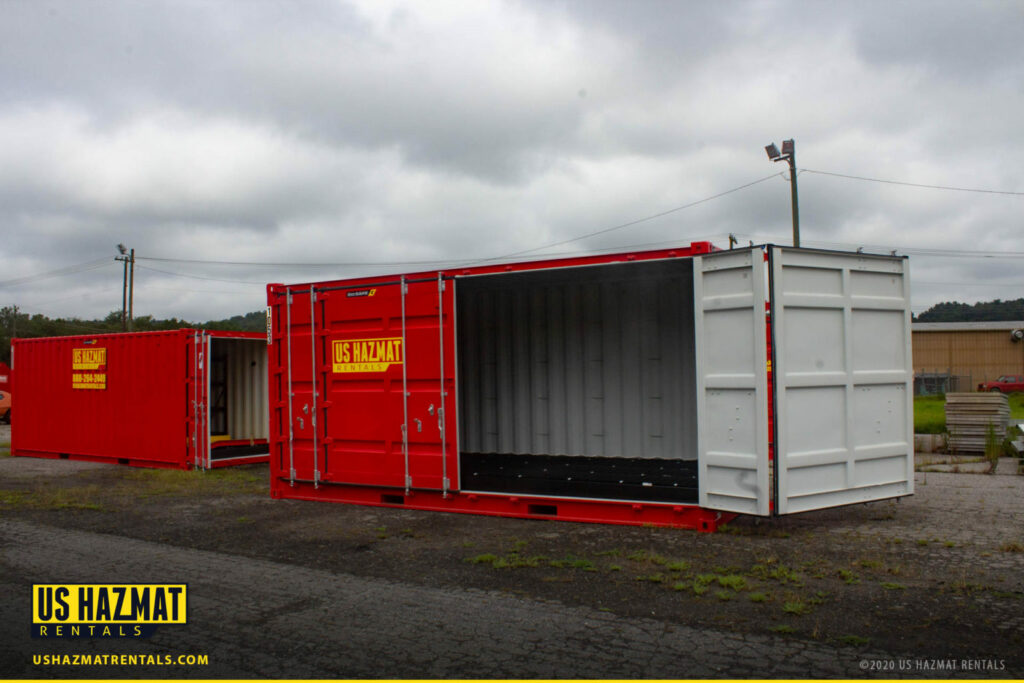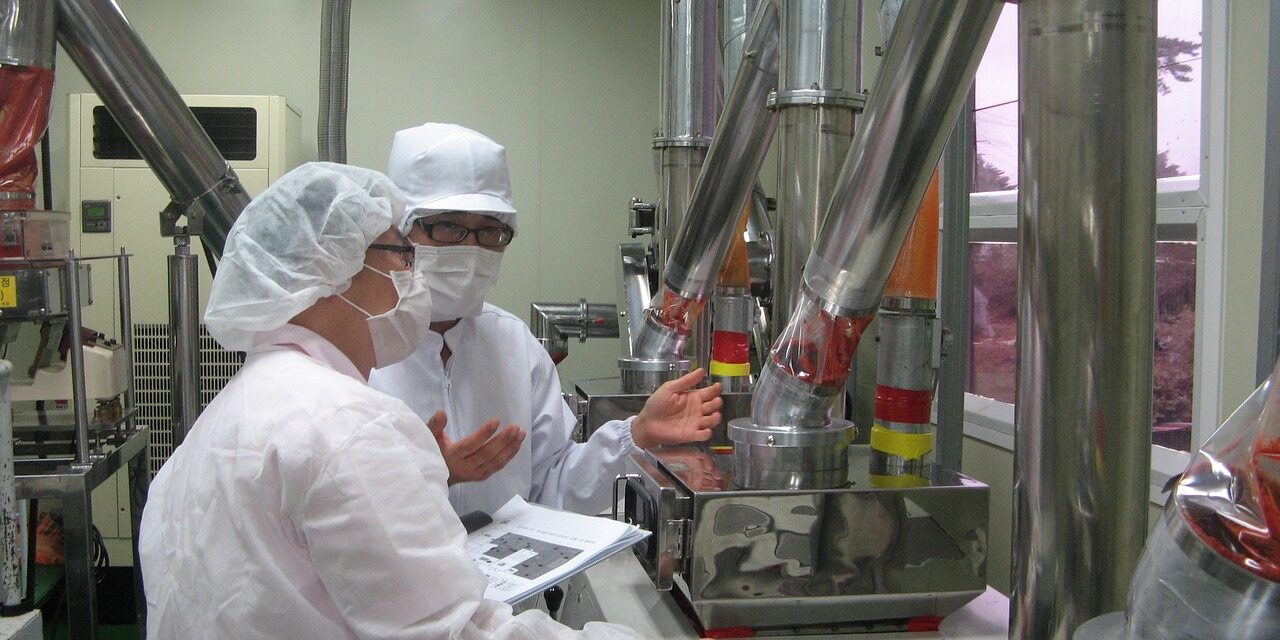Doctors always knew that soda is bad for your health, but they never imagined sugary drinks could be so deadly. While soda—or pop—depending on your regional dialect—is as American as bumble gum or cheeseburgers, the refreshing domestic elixir popularized during the Prohibition Era is more hazardous to your health than ever imagined. A chemical explosion at a Louisville food coloring manufacturer killed two people while maiming ten others. The plant, which experienced a similar 2003 deadly explosion, is known for manufacturing caramel additives in soft drinks. Wednesday’s blast underscores the importance of food additive chemical storage in an industry teeming with industrial chemical hazards.
“This is an incredibly sad and tragic incident, these two individuals who have passed went to their job in an ordinary day to provide for their family when the unthinkable happened,” Louisville Mayor Craig Greenberg said.
Citizens Told to Shelter in Place Following Explosion
Industrial chemical incidents are never localized events. Production-line manufacturing relies on significant chemical stockpiles to refine everyday consumer products. Intense exothermic and exogenous chemical reactions also produce hazardous residual chemicals that can pollute surrounding atmospheres and waterways. Although no chemical incident happens in a vacuum, with workers and ancillary companies commonly sharing the blame, manufacturers are vested in protecting their communities from worst-case scenarios increasing nationwide. The Louisville chemical explosion damaged several surrounding homes and businesses. Moreover, dozens of residents were told to shelter in place while authorities surveyed the air quality to ensure no dangerous particulates remained suspended in the atmosphere.
A Disturbing Recurring Theme
Hazardous materials incidents reports provide more questions than answers. “The source of the incident remains under investigation,” is the company line consumers must swallow ad nauseam while we all hold our collective breath awaiting environmental toxicity reports. Sensationalized stories crowd our newsfeeds before our nano-second attention spans divert the fear-mongering to the next disaster. More often than not, the general public remains in the dark on the circumstances behind most chemical incidents. As an industrial manufacturer, you can do your part quelling unwarranted fear by investing in reliable food additive chemical storage. Cost-effective hazardous material protection safeguards expensive chemical stockpiles while shielding employees and residents from sinister chemical fires and explosions.
Food Additive Chemical Storage Prevents Excessive Injuries and Fines

The Louisville plant’s explosion is not its first hazardous materials incident. A “catastrophic vessel failure” killed one person in April 2003. Previous press reports said, “A process vessel became over-pressurized and failed catastrophically. The failure caused 26,000 pounds of aqueous ammonia (29.4 percent ammonia solution in water) to be released in the air.” Vulnerable and potentially toxic food additives should be stored separately from other materials to prevent cross-contamination and inadvertent chemical interactions. While proper chemical labeling can prevent incompatible storage, most industry experts also recommend storing food additives in climate-controlled chemical warehouses. Our fire-rated hazardous material warehouses can accommodate various-sized food additive stockpiles, streamlining operations while protecting employees. Furthermore, U.S. Hazmat Rental’s fire-rated lockers provide additional protection by keeping temperature-sensitive food additives in a dry, well-ventilated area. Contact us today for a free quote and consultation!






